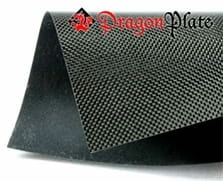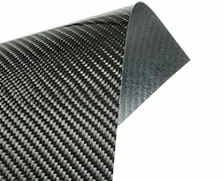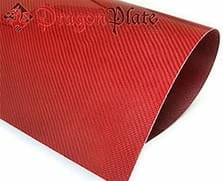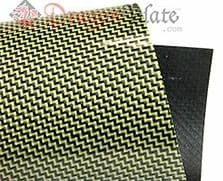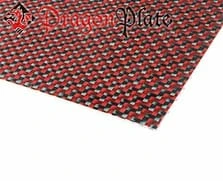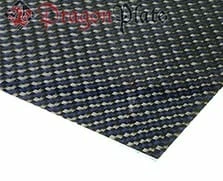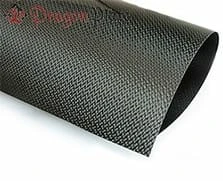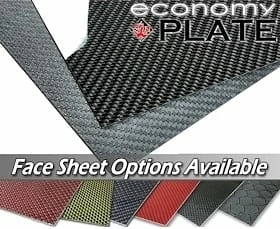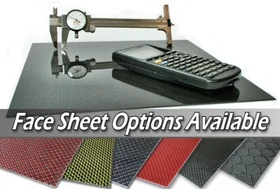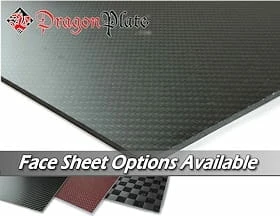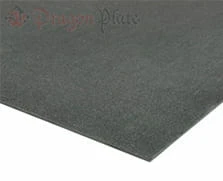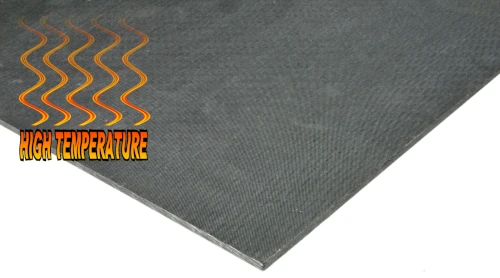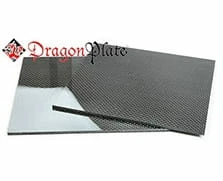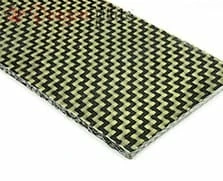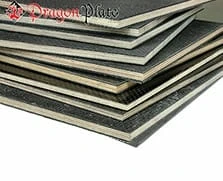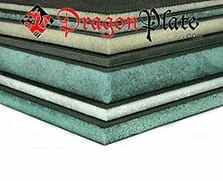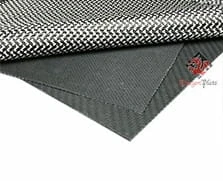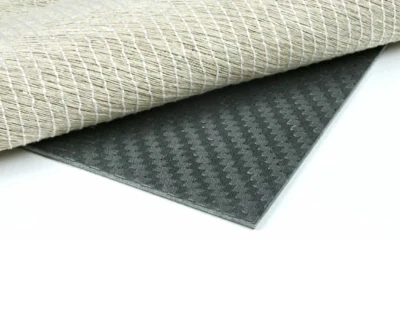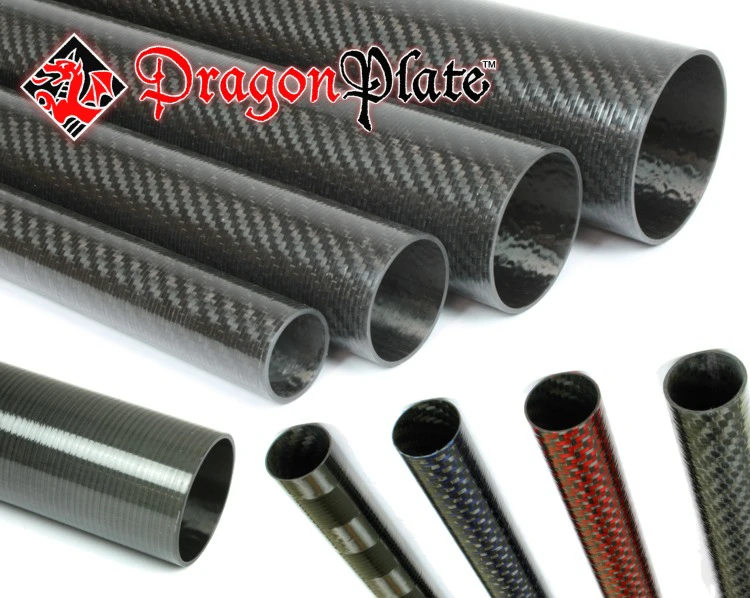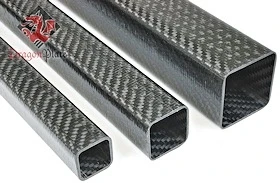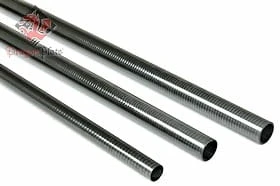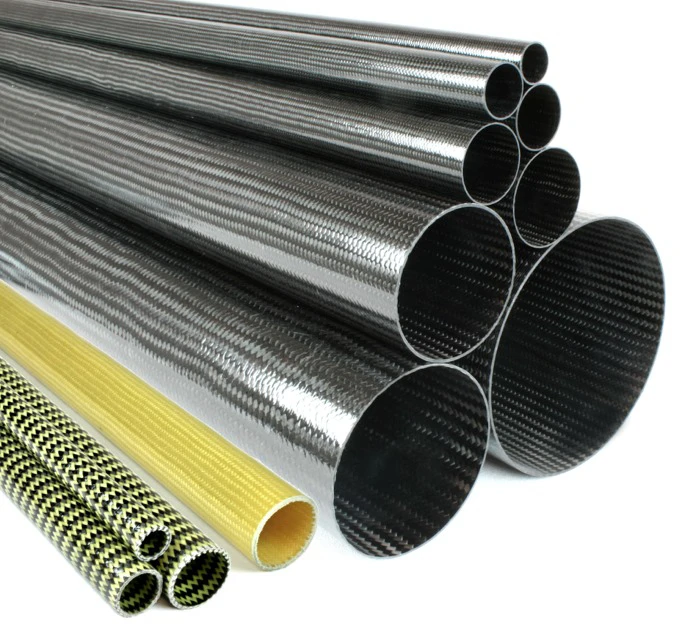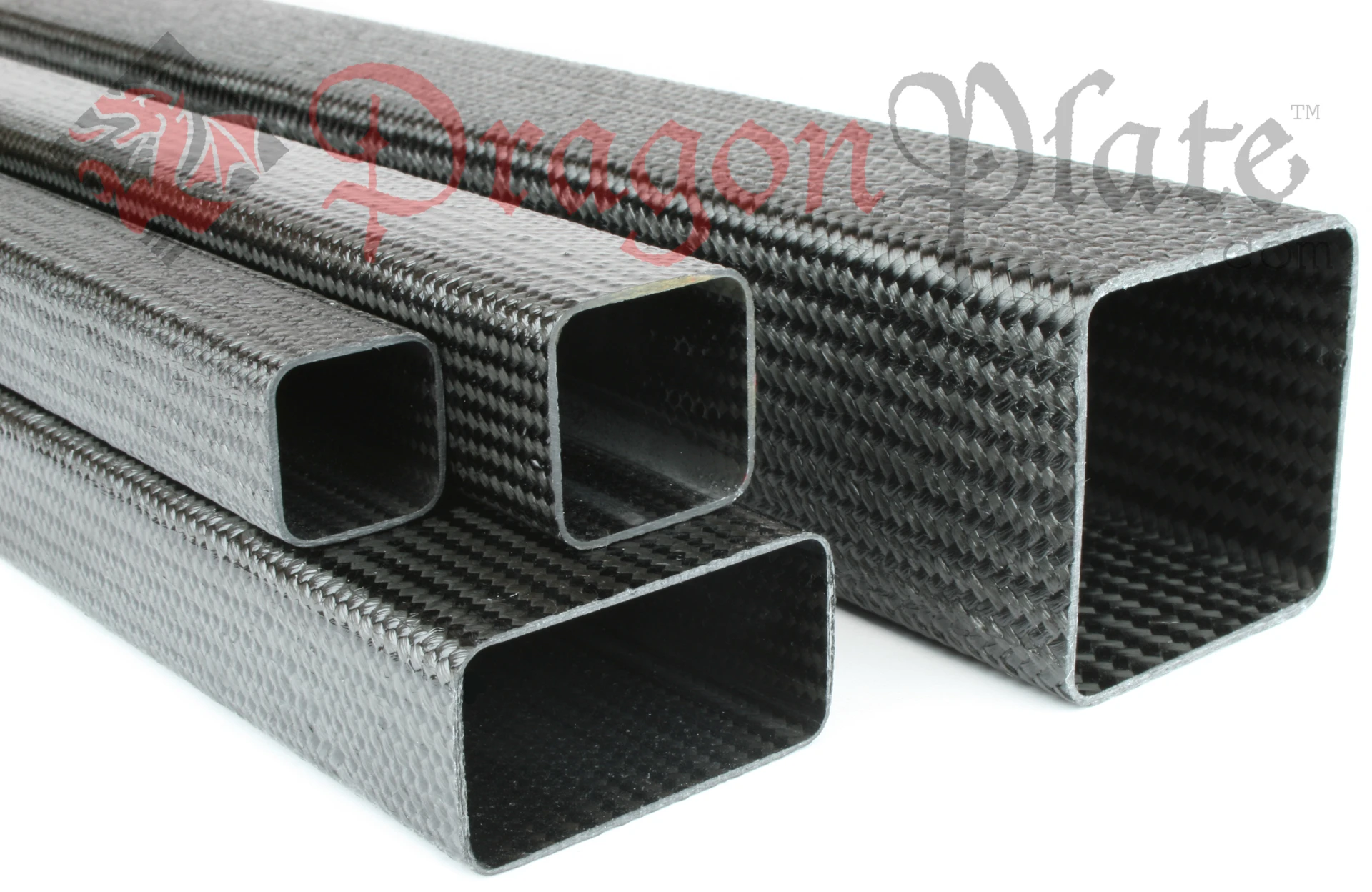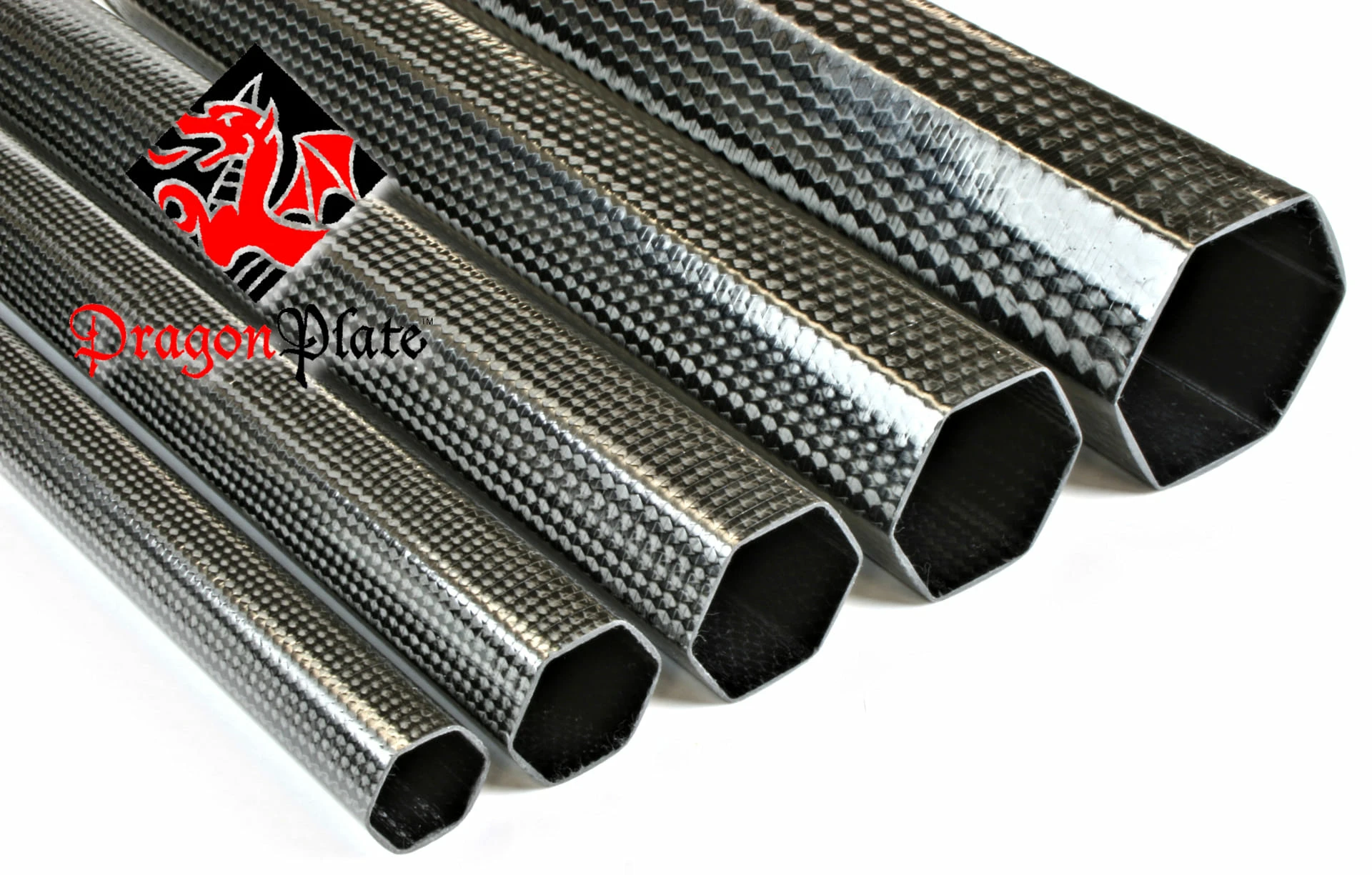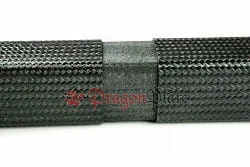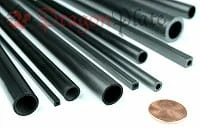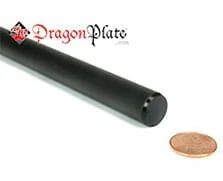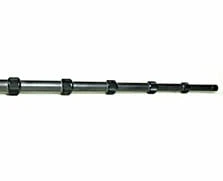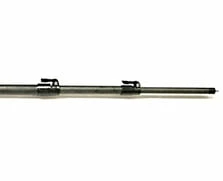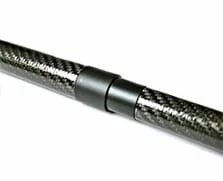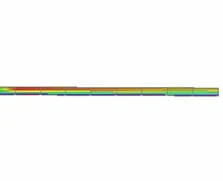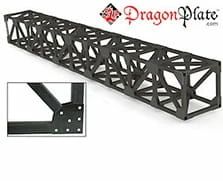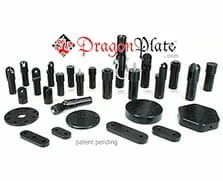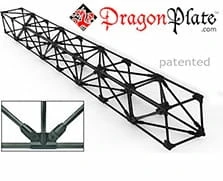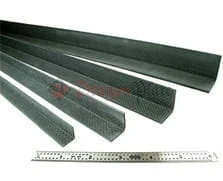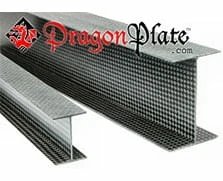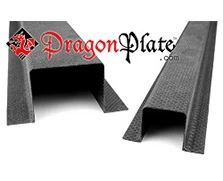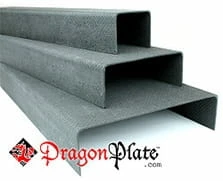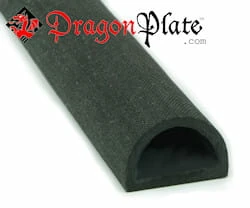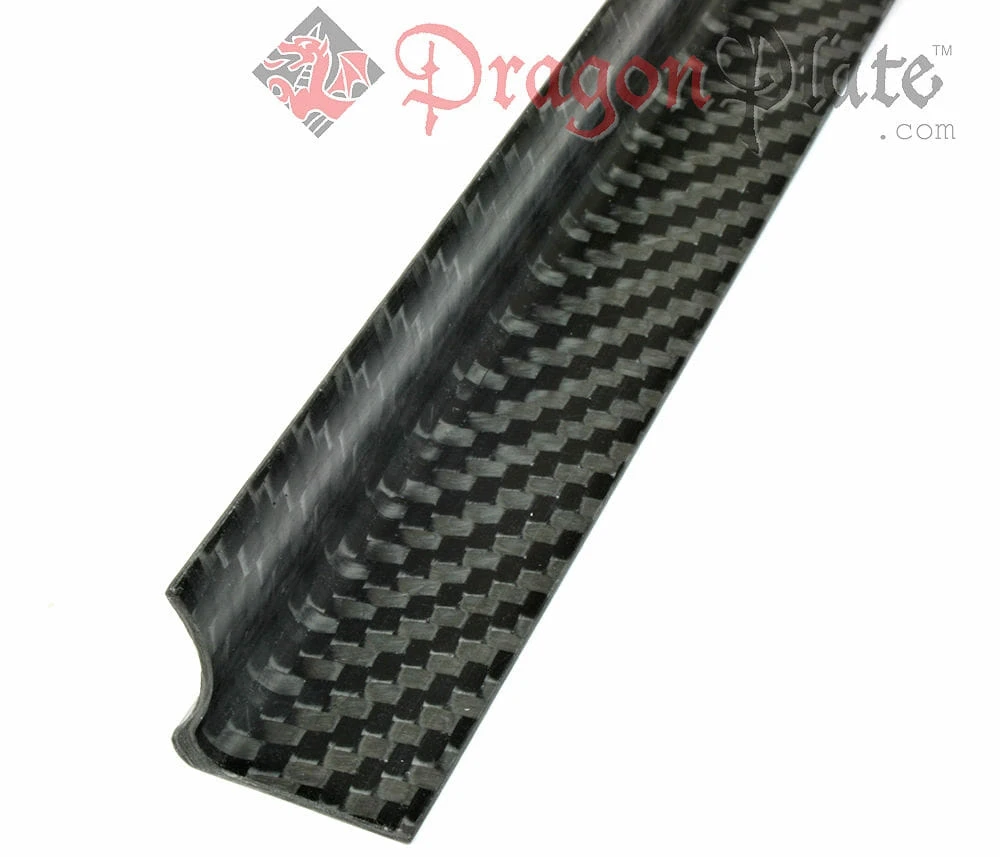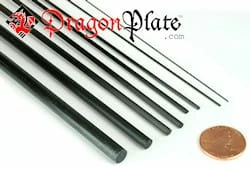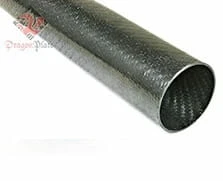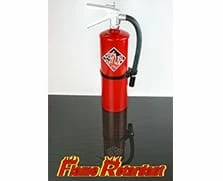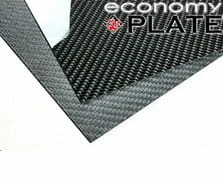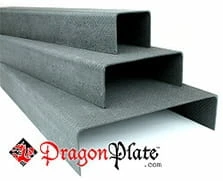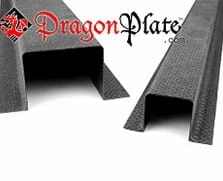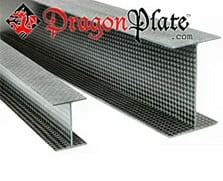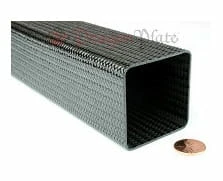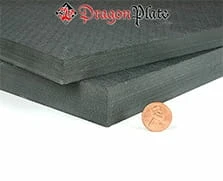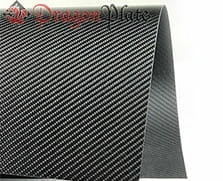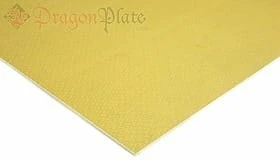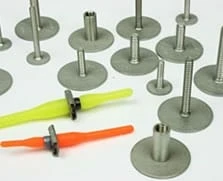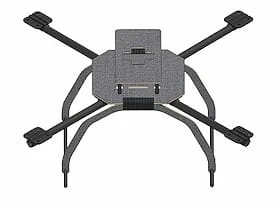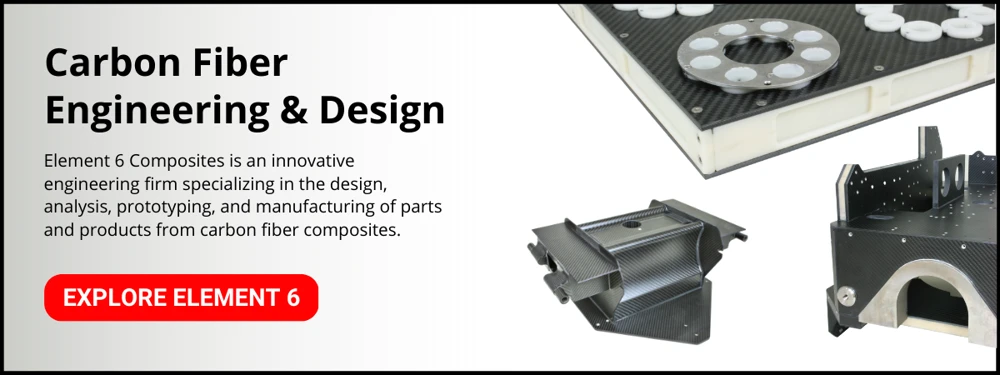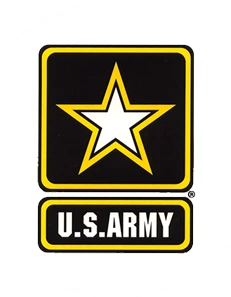Tips and Tricks to Bonding Carbon Fiber Strips
The rigid surface of carbon fiber strips facilitates bonding to various surfaces. Carbon fiber strips bond easily to reinforce carbon fiber plates, plywood, balsa wood, or aluminum. Here is an overview of best practices to use when selecting adhesives for bonding carbon fiber strips to other materials.
Bonding Carbon Fiber Strips Using Epoxy
Carbon fiber strips are pultruded in an epoxy matrix. This fact makes epoxy resin the best choice for most applications. Working with epoxies also gives you a longer setup time (work time) than a cyanoacrylate (CA) glue (a typical alternative for hobbyists). Epoxy resin is also less brittle than CA glue.
Here are a few steps to follow when bonding carbon fiber strips using epoxy:
Lightly sand both surfaces to be bonded.
Clean the surfaces well to ensure no loose debris.
Degrease the parts using isopropyl alcohol or acetone.
Dry parts thoroughly.
Thoroughly mix the epoxy.
Apply epoxy to both surfaces to be bonded.
Clamp, fixture, tape, or otherwise bring the surfaces together, compressing the glue line and forcing out air and extra epoxy.
Wipe off any excess epoxy and clean up the joint before the epoxy cures.
Bonding Carbon Fiber Strips Using Hot Glue
When bonding carbon fiber strips to balsa wood some find that hot glue works well. Follow the steps below:
Lay down a bead of hot glue to your balsa wood.
Lay the carbon fiber strip firmly down on top of the glue.
Hold till the hot melt glue has cooled.
Bonding Carbon Fiber Strips Using Woodworking Glue
Many hobbyists enjoy the ease of working with woodworking glue. Unfortunately, not all glues adhere to carbon fiber as well as epoxy. Roughing up the surface can help woodworking glues to stick to the carbon fiber strips better, but you will not get the strong adhesion of epoxy. Adhesion to the carbon fibers can fail to make woodworking, and similar glues, unsuitable for bonding carbon fiber strips.
Other Tips for Bonding Carbon Fiber Strips
Proper preparation is key when bonding with carbon fiber strips. Read all instructions for proper adhesion first. Make sure you can visualize the steps before you begin. Prepare all the necessary materials and workstations before mixing any adhesives. When selecting which adhesive to use, keep in mind the ultimate use for your bonding project. Some things to think about include:
Work-Life: How long do you have to work with the adhesive, once you’ve mixed it before it dries?
Fixture Time: How long will the pieces need to be held together while the adhesive sets? Will you use clamps, gravity, or hold it in place while you wait?
Cure Time: How long does the adhesive need to cure before the project can be safely moved/finished? How long does the adhesive need to cure before the finished project can be used?
Bond Strength: How much load can the adhesive bear before it fails? Is that enough for your project?
Temperature Resistance: Does the temperature range of the adhesive fit your application?
Carbon fiber strips are an excellent stiffener for many projects, especially small, lightweight ones. They firmly bond to a variety of materials with a few basic steps. Choosing the best adhesive and following the directions for the application ensures the carbon fiber strips stay bonded for the life of your project.


